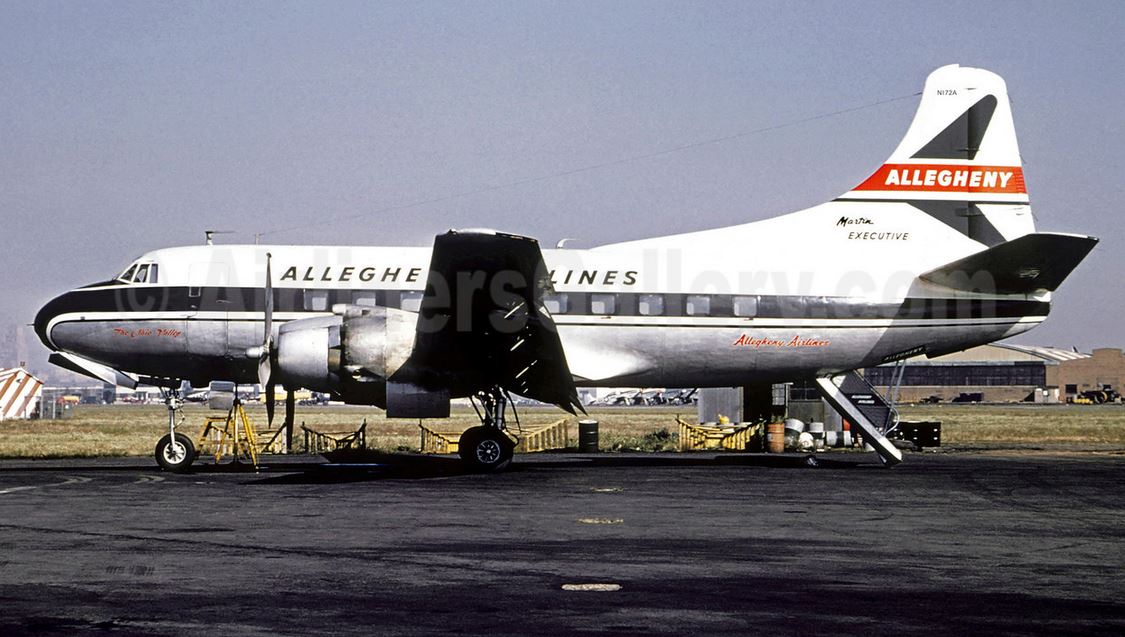Crash of a Martin 202 in Wilmington
Date & Time:
Nov 14, 1955
Registration:
N172A
Survivors:
Yes
Schedule:
Wilmington - Wilmington
MSN:
9142
YOM:
1948
Crew on board:
3
Crew fatalities:
Pax on board:
0
Pax fatalities:
Other fatalities:
Total fatalities:
0
Circumstances:
The crew was completing a local training mission. On final approach, the left engine caught fire. The pilot-in-command continued the approach when, on touchdown, the left main gear collapsed. The airplane slid for several yards and came to rest. All three crew members were uninjured while the airplane was considered as damaged beyond repair.
Probable cause:
Left engine caught fire on approach and left main gear collapsed on landing.



